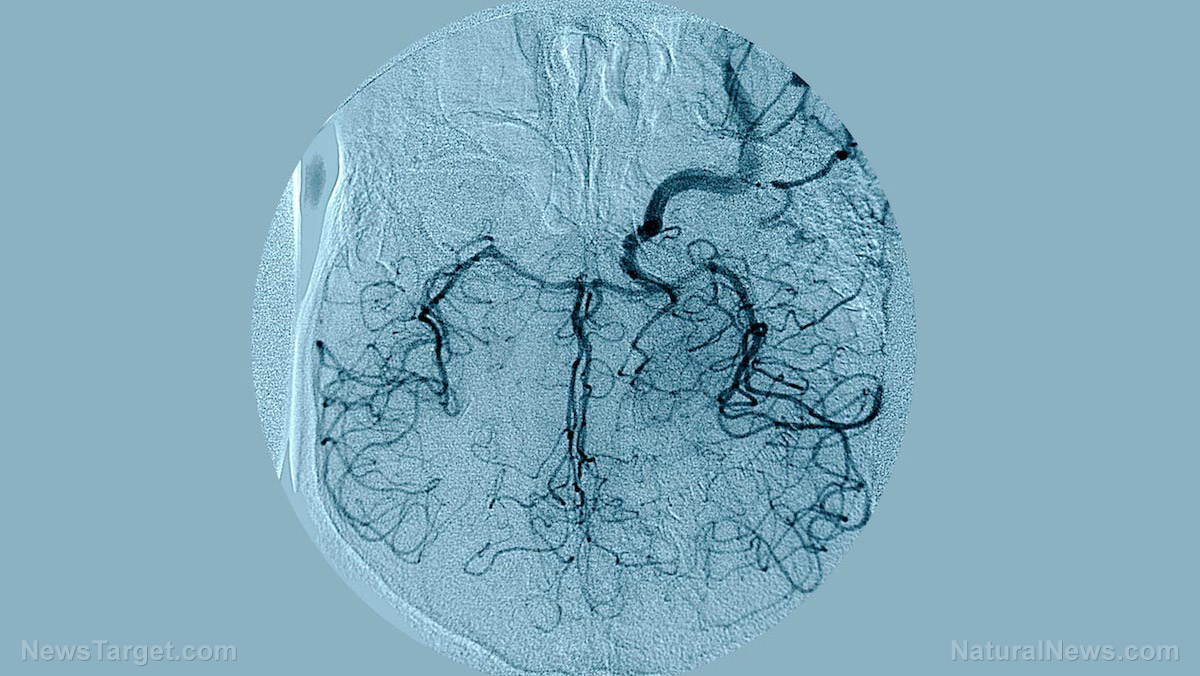In a scene right out of a science fiction novel, scientists are now growing brains in a dish in an effort to further investigate mental health disorders. The “brains” are actually small three-dimensional spheroids containing model neural circuits, Independent.ie reports. The spheroids were grown from stem cells and developed through the same process that takes place in the womb.
According to the report, two spheroids were made, each measuring a miniscule 1/16th of an inch across. Each spheroid included a recreation of different areas of the forebrain, including the cerebral cortex, which is considered the most advanced part of the brain. The spheroids enabled scientists to view in real time some of the key events that occur in the brain during late-stage fetal development. In fact, the scientists have already managed to recreate the abnormal brain circuits of a fetus with Timothy syndrome, a rare birth defect that leads to heart problems, autism, epilepsy, and even death in early childhood. Through the spheroids, scientists were able to see where the defect occurred, and correct it with the use of two drugs.
“We’ve never been able to recapitulate these human brain developmental events in a dish before. The process happens in the second half of pregnancy, so viewing it live is challenging. Our method lets us see the entire movie, not just snapshots,” lead scientist Sergiu Pascua said in the report. “Our method of assembling and carefully characterizing neuronal circuits in a dish is opening up new windows through which we can view the normal development of the fetal human brain.”
These advances could not be more relevant as people move towards a better understanding of mental illness. According to the National Alliance on Mental Illness (NAMI), 43.8 million adults in the United States experience mental illness in a given year. Of that, one in 25 live with a serious mental illness like bipolar disorder, or borderline personality disorder.
When it comes to specific diagnoses, schizophrenia is among the most rare, with only 1.1 percent of American adults living with it. Meanwhile, 2.6 percent of American adults live with bipolar disorder, 6.9 percent live with major depression, and significantly more — 18.1 percent — live with anxiety disorders.
The numbers reveal that 26 percent of homeless adults in shelters have a serious mental illness, while 24 percent of state prisoners were found to have a recent history of a mental health condition. Many adults who have mental illness also nurse an addiction. Additionally, 90 percent of those who die by suicide were found to have an underlying mental illness. What makes this even more troubling is the fact that suicide is the 10th leading cause of death in the country. Mental illness has had great impact not just on the people who suffer and their loved ones, but on the economy as well. An estimated $193.2 billion is lost in earnings by serious mental illness.
With mental health disorders still veiled under a heavy fog of mystery, even the smallest strides in psychiatric research are considered invaluable. If the promising case study done through spheroids is any indication, we can only expect more breakthroughs in the field of mental health research. Advancements such as this could mean that better treatment options for those living with mental illness are right on the horizon.
Read more about mental health issues and breakthroughs on Mind.news.
Sources include:
Independent.ie
NAMI.org
We will respect your inbox and privacy




















